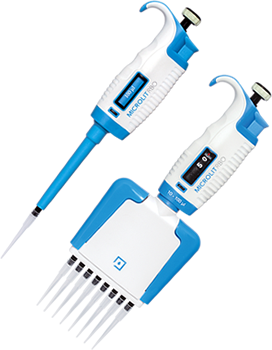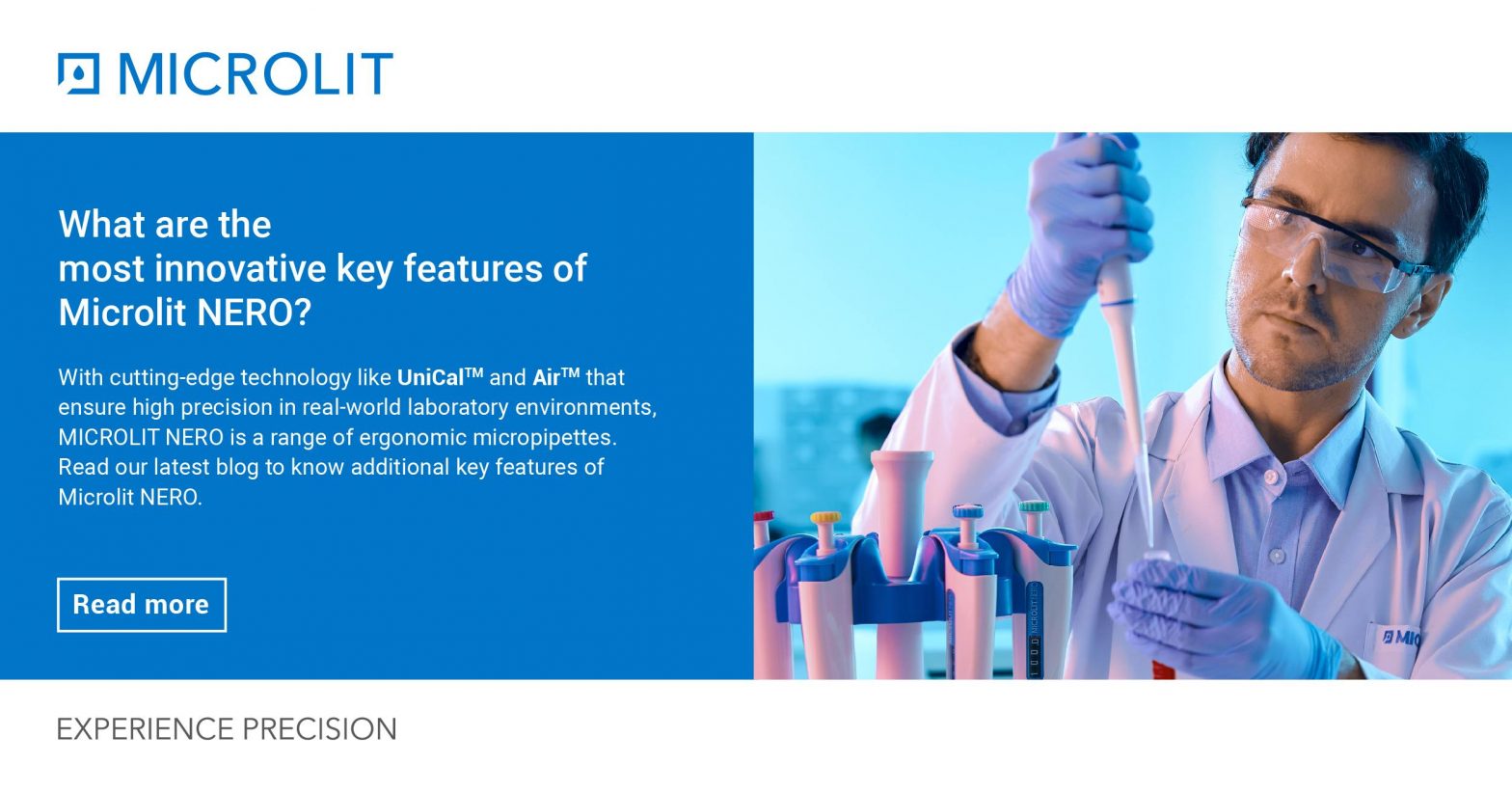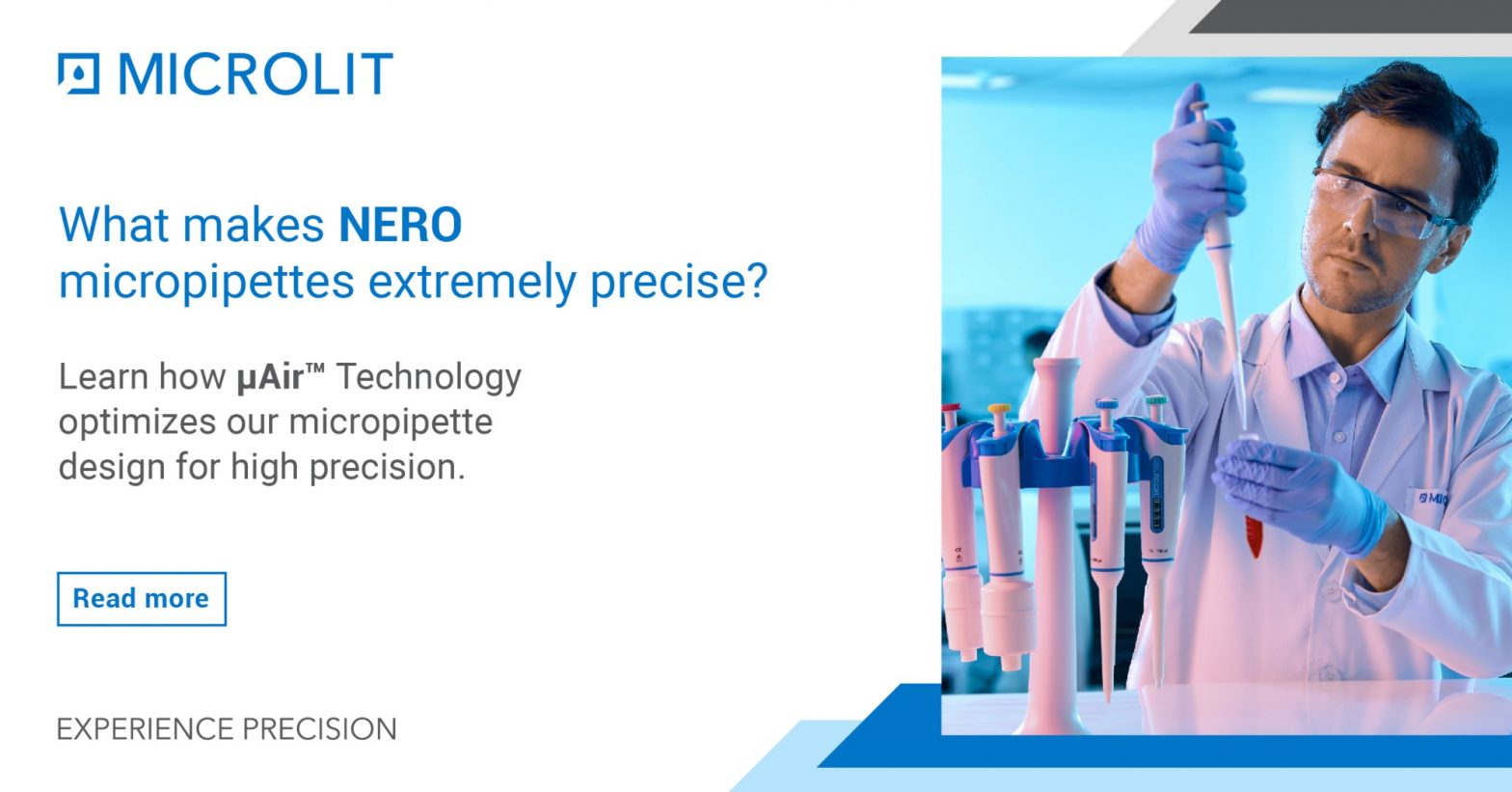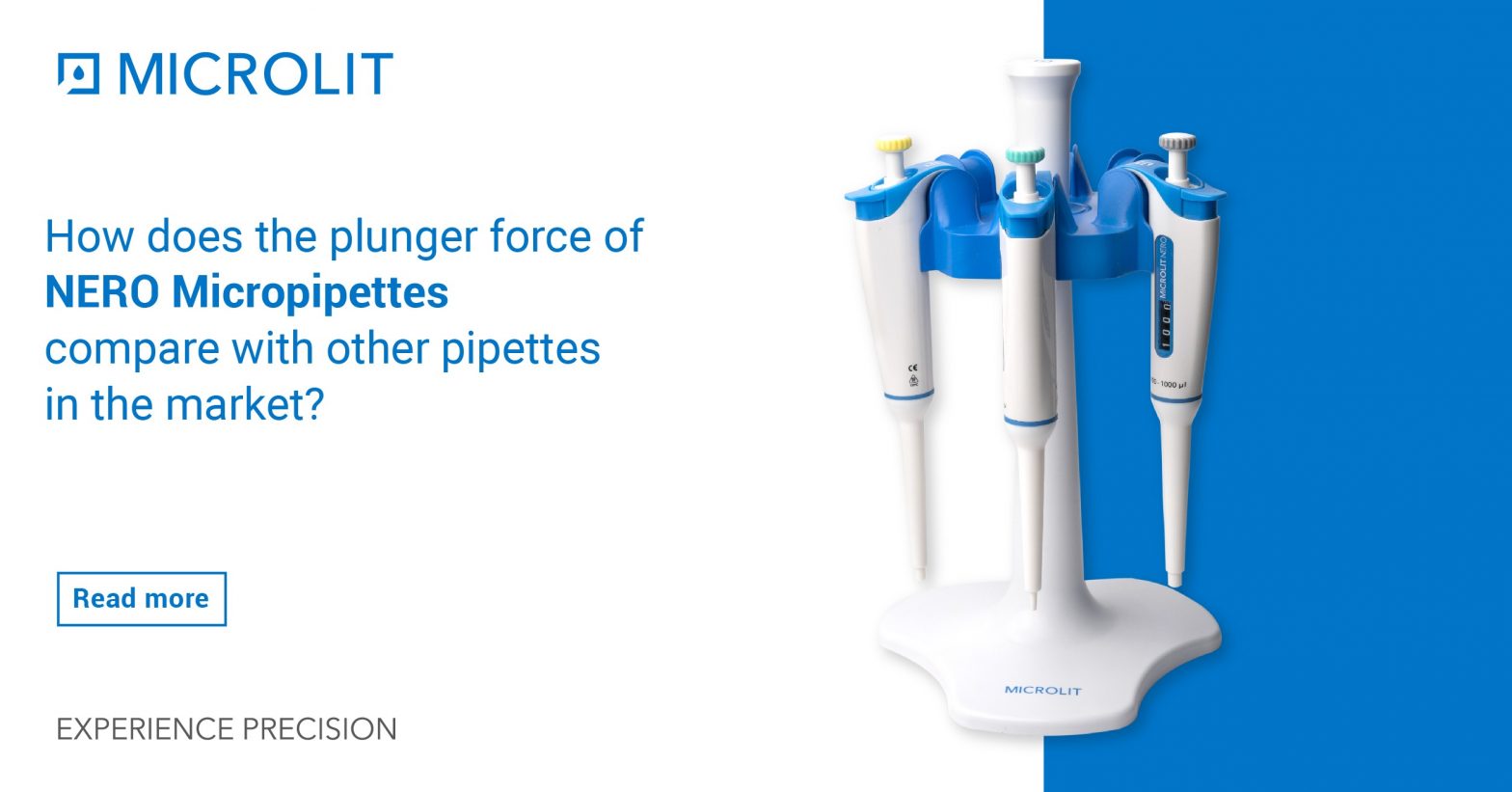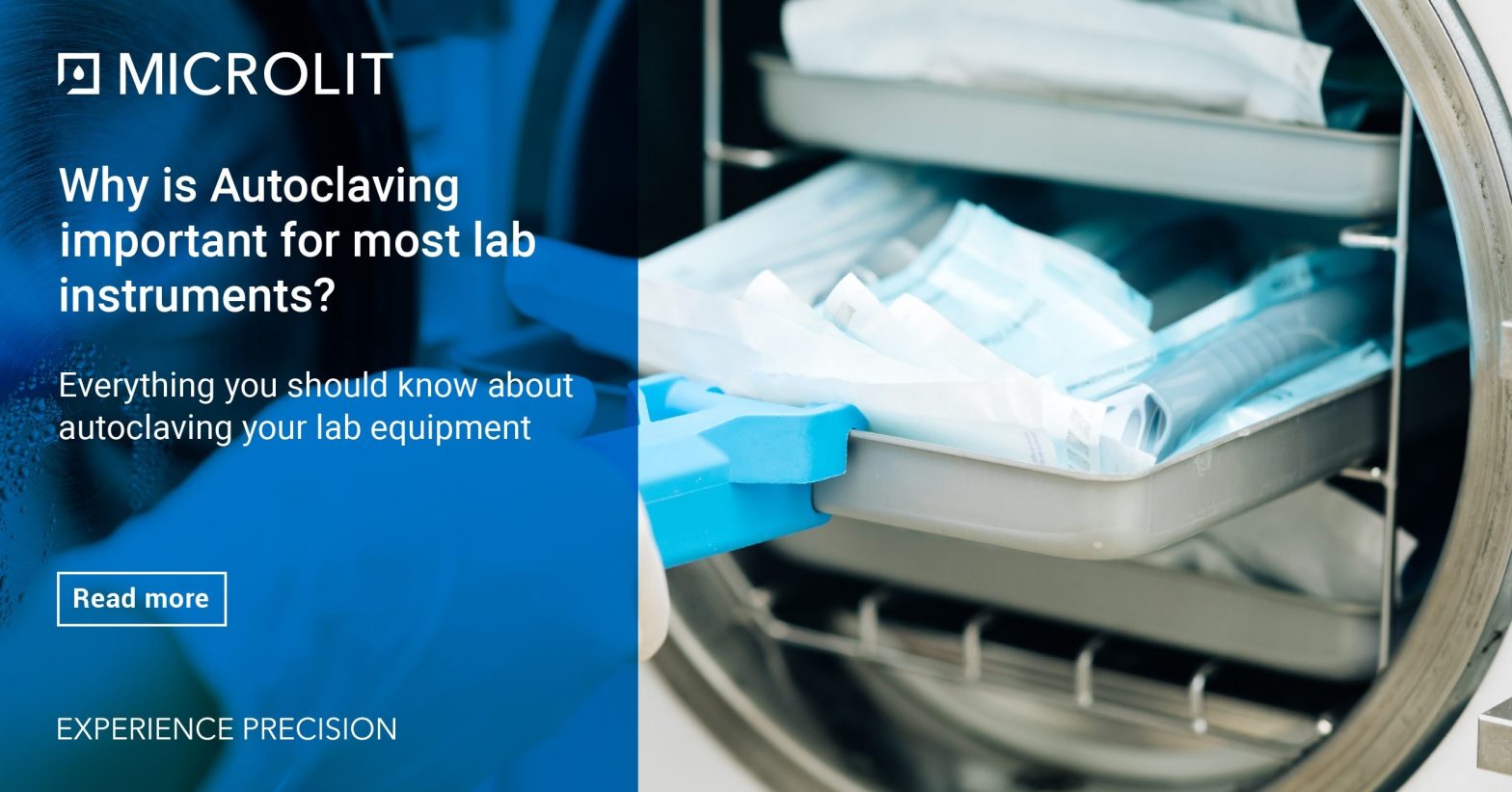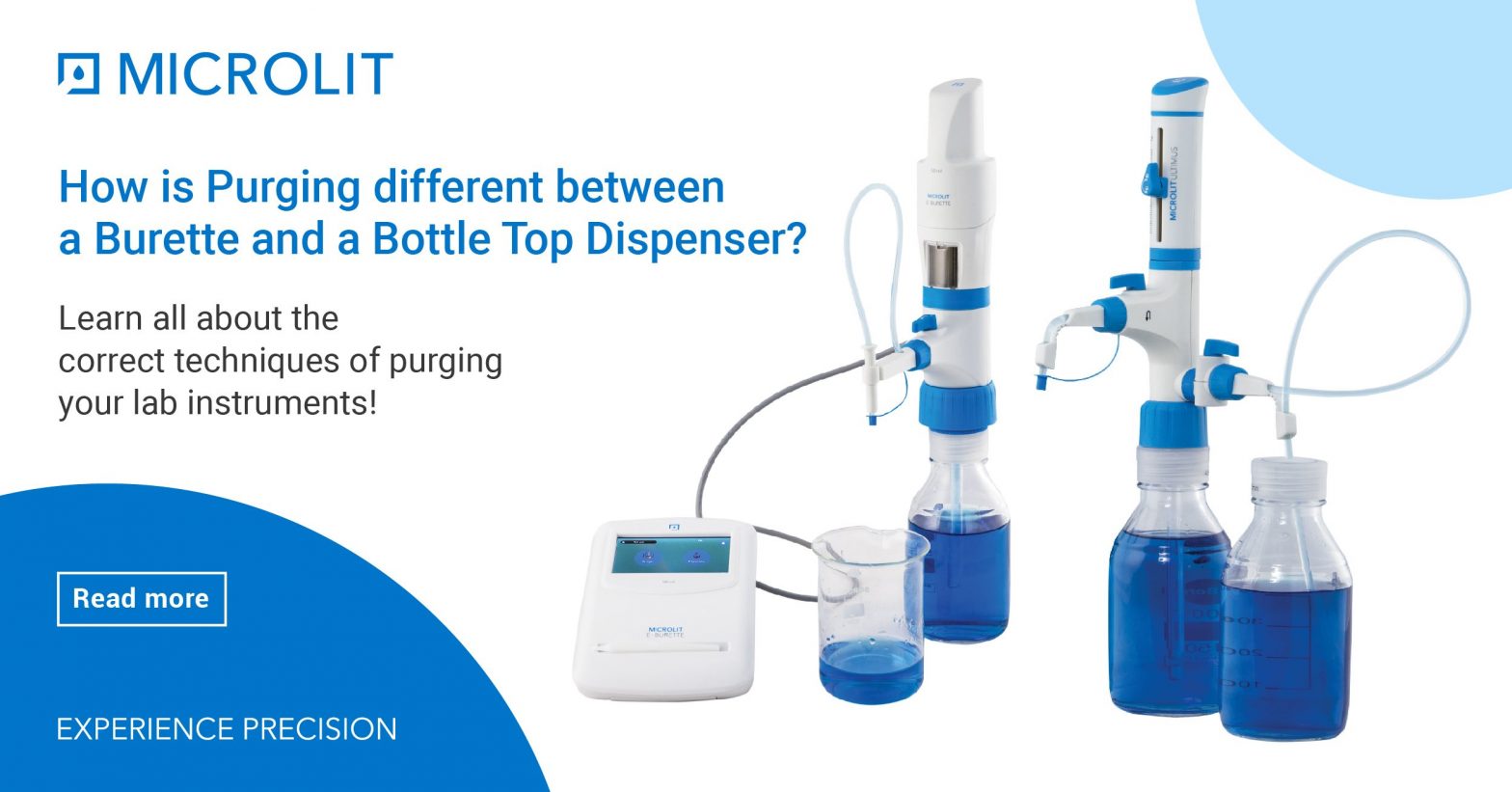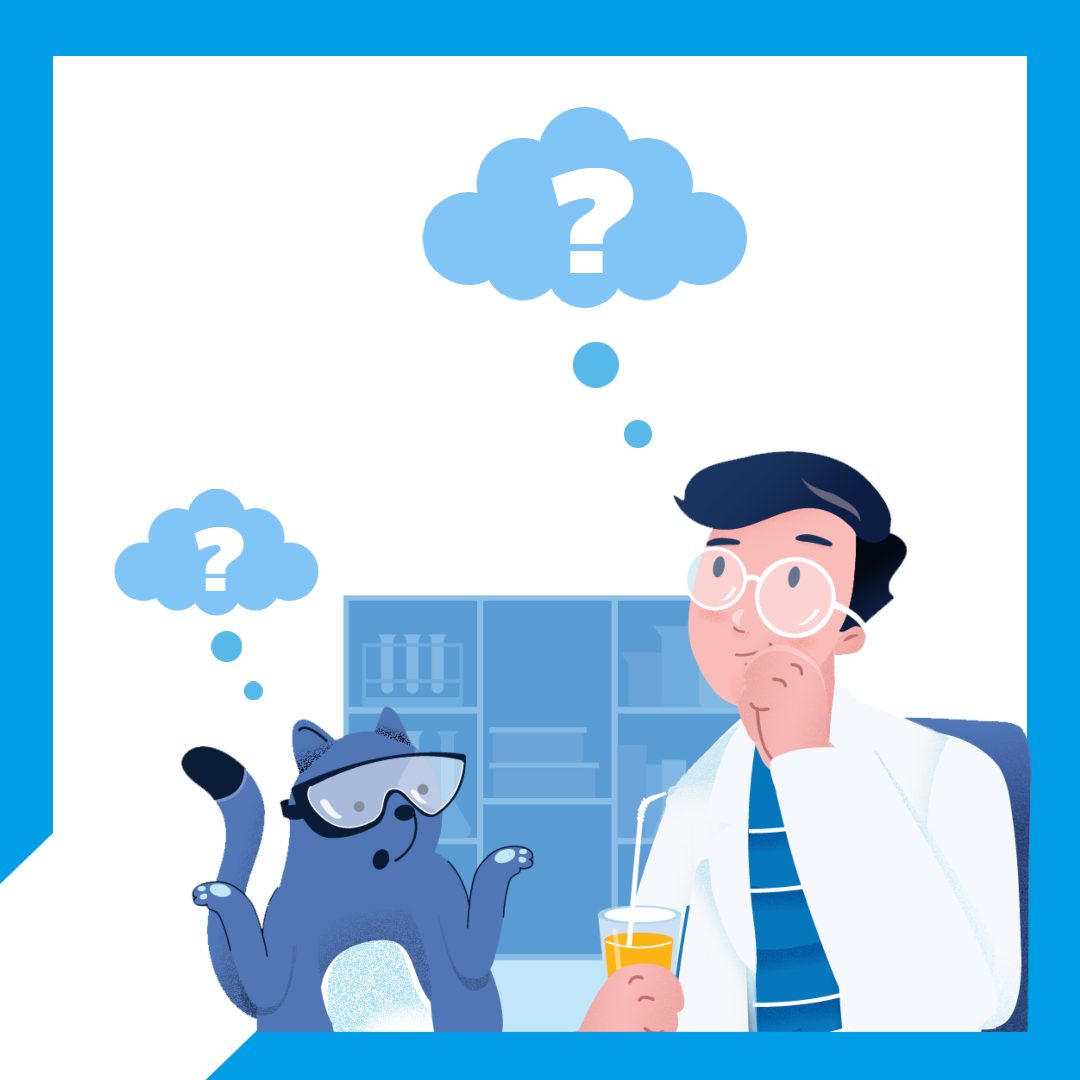Home » All Posts » Page 8
September 26, 2022
Micropipettes are generally used in laboratories to transfer small amounts of liquid, typically less than 0.1mL. Microlit is excited to announce the launch of Microlit NERO, a range of intuitive micropipettes with state-of-the-art technology such as UniCal™ and Air™ that will ensure great precision and convenience for our lab users. These innovative and patented technologies have […]
September 15, 2022
If you’ve spent time working in the lab, there is a good chance that you have used an air displacement pipette. An air displacement pipette is without doubt one of the most essential instruments in any diagnostic, research, pharmaceutical, biotechnology or biochemistry lab. In this blog post, you will learn about the driving principle behind […]
September 10, 2022
Micropipettes are widely used across microbiology, chemistry, medical and soil testing laboratories for the precise transfer of different liquid samples. They offer a quick way to meet workflow needs, from preparing the initial liquid sample to placing it in a system for subsequent analysis. Poor ergonomics as a function of the design of the micropipette […]
July 27, 2022
In any laboratory, sterilization is a non-negotiable safety measure—and autoclaving remains the gold standard for achieving it. Autoclaving is the process of using high-pressure, saturated steam to eliminate bacteria, viruses, fungi, spores, and other harmful microorganisms from equipment and materials. By maintaining temperatures of around 121°C at 15 psi, autoclaves kill even the most resistant […]
July 18, 2022
What is Purging? Purging refers to the removal of air/gas from a closed system, such as lab equipment by using pressure, purging gas or a vacuum. An air purging component eliminates air/bubbles from the equipment, which not only reduces the risk of contamination but also prevents loss of the liquid reagent. For this purpose, manufacturers […]
High Precision Liquid Handling Instruments
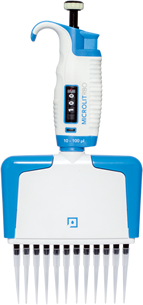
High Precision Liquid Handling Instruments
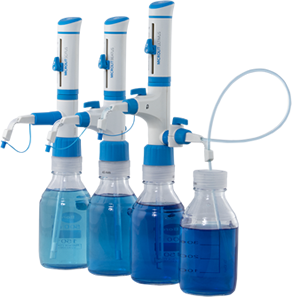
High Precision Liquid Handling Instruments
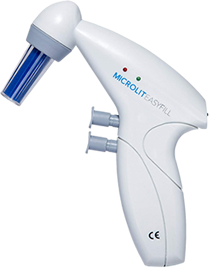
High Precision Liquid Handling Instruments
